Introduction to Mithila Paint Manufacturing Industry in Udaipur
Udaipur, often termed as the “City of Lakes,” is not only renowned for its picturesque landscapes and historical monuments but also stands as a significant hub for the paint manufacturing industry. The roots of this industry in Udaipur can be traced back several decades, marked by gradual yet steady growth. Initially starting as small-scale operations, the paint manufacturing sector in the region has expanded into a thriving industry with substantial contributions to the local economy.
The growth of Udaipur’s paint manufacturing industry has been fueled by numerous factors. One primary driver has been the increasing demand for diverse types of paints in construction, automotive, and consumer goods sectors. As urbanization and industrialization progressed, so did the need for high-quality paints, leading to the establishment of more manufacturing units. Additionally, advancements in technologies and methodologies in paint production have further bolstered the industry’s development.
The significance of the paint manufacturing industry to Udaipur’s economy cannot be overstated. It not only provides numerous employment opportunities for local residents but also contributes significantly to the region’s GDP. The industry includes both small and large players, creating a competitive market landscape that drives innovation and quality improvement. An overview of the types of paint produced in Udaipur reveals a variety ranging from decorative paints, industrial coatings, to specialized paints used in various applications.
Key players in the Udaipur paint manufacturing market include both longstanding firms and emerging enterprises. These companies have been pivotal in introducing new products and technologies to meet evolving consumer needs. Renowned names in the industry are complemented by a plethora of smaller manufacturers who cater to niche markets. Collectively, these entities have established Udaipur as a noteworthy player in India’s paint manufacturing domain, setting a benchmark for quality and innovation.
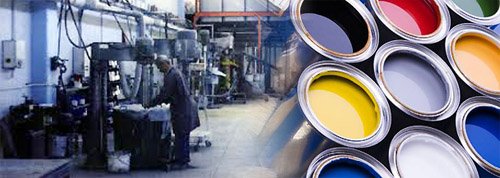
Raw Materials Used in Paint Manufacturing
The paint manufacturing industry in Udaipur relies on a meticulous selection of raw materials to ensure the quality and durability of the finished paint products. Central to paint production are four primary components: pigments, binders, solvents, and additives. Each of these elements plays a crucial role in defining the color, texture, and application properties of the paint.
Pigments, the minute particles responsible for imparting color, are often divided into two categories: organic and inorganic. Organic pigments, derived from carbon compounds, offer vibrant shades and are sourced from both local suppliers and international markets. In contrast, inorganic pigments, which include minerals like titanium dioxide and iron oxides, are favored for their stability and coverage. Many of these are mined locally in regions around Udaipur, taking advantage of the area’s rich geological resources.
Binders, also known as resins, are responsible for forming the paint film on the surface. These substances are essential for the durability and adhesion of the paint. Common binders used include acrylics, polyurethanes, and alkyds. While some of these resins are produced in specialized chemical plants within India, others are imported to meet specific quality standards and requirements of the paint formulations.
Solvents are used to dissolve the binders and pigments, creating a liquid medium that can be easily applied. In water-based paints, water acts as the solvent, while in solvent-based paints, organic solvents like mineral turpentine or naphtha are used. With increasing environmental concerns, there has been a growing shift towards eco-friendly solvents, highlighting Udaipur’s commitment to sustainable manufacturing practices.
Finally, additives are incorporated to enhance certain properties of the paint, such as drying time, texture, and resistance to UV or microbial damage. Additives can be sourced either domestically or internationally, depending on the specific formulation requirements and regulatory standards.
Overall, the paint manufacturing industry in Udaipur skillfully integrates both locally sourced and imported raw materials to produce high-quality paints. By choosing the right combination of pigments, binders, solvents, and additives, manufacturers can tailor their products to meet various consumer and industrial needs, maintaining a balance between performance and environmental responsibility.
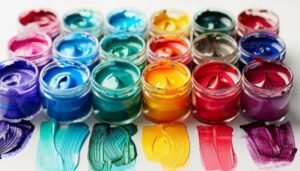
The Paint Manufacturing Process
The paint manufacturing process in Udaipur closely follows a well-defined sequence of steps to ensure the production of high-quality products. The journey begins with the mixing stage, where raw materials such as pigments, solvents, resins, and additives are blended together. These components are carefully measured and combined in a large mixing tank, where they undergo agitation to form a homogenous mixture. Udaipur’s manufacturers often employ state-of-the-art automated mixing systems, which not only streamline the process but also ensure consistent quality.
Following the mixing, the next crucial step is milling. During the milling stage, the mixture is passed through a series of grinding machines designed to break down the pigment particles into finer sizes. This results in a smooth and uniform consistency, a critical attribute for high-quality paint. Some local manufacturers in Udaipur leverage advanced bead mills and high-speed dispersers, which enhance the efficiency of the grinding process while ensuring minimal waste.
Once the milling is complete, the paint mixture is subjected to the filtering process. This step involves passing the milled mixture through fine mesh screens or filters to remove any impurities or unground particles. The filtering process is essential to achieve the desired fineness and quality of the final product. In Udaipur, some innovators incorporate multi-stage filtration techniques, utilizing high-efficiency particulate air (HEPA) filters, to ensure the highest level of purity.
The final stage in the paint manufacturing process is packaging. After achieving the desired consistency and quality, the paint is moved to the packaging line. Here, the paint is filled into containers of varying sizes, labeled, and sealed, ready for distribution. Advanced packaging machinery, often equipped with automation features, is employed by several manufacturers in Udaipur. This ensures that the packaging process is not only efficient but also minimizes the risk of contamination.
These carefully orchestrated steps, augmented by modern technologies and innovative techniques, underscore the commitment of Udaipur’s paint manufacturers to producing superior quality paint efficiently and effectively.
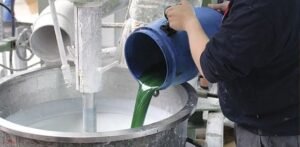
Environmental and Safety Standards
The paint manufacturing industry in Udaipur is governed by stringent environmental and safety regulations aimed at minimizing its environmental footprint and ensuring the well-being of workers. These regulations are set forth by both national policies and local regulatory bodies, which mandate strict adherence to legal and environmental standards. Compliance with these regulations is critical for manufacturers to maintain their operational licenses and avoid hefty fines. The Udaipur paint manufacturing industry is especially vigilant about these standards, taking significant measures to align with environmental sustainability and worker safety best practices.
In terms of environmental management, paint manufacturers in Udaipur employ a variety of strategies to control pollution and manage waste effectively. Emission controls are a primary focus, with many facilities installing advanced filtration systems to reduce the release of volatile organic compounds (VOCs) into the atmosphere. Alongside this, water treatment plants are often employed within manufacturing sites to treat and recycle wastewater, significantly reducing the risk of water contamination.
Waste management is another pivotal aspect, wherein companies rigorously segregate hazardous and non-hazardous wastes. This segregation facilitates proper disposal, with hazardous wastes being treated at authorized facilities to neutralize any harmful components. Manufacturers also prioritize the use of sustainable raw materials and actively seek out eco-friendly alternatives to traditionally harmful substances, thus contributing to reductions in overall environmental impact.
Worker safety is equally paramount in the paint manufacturing industry in Udaipur. Regulations mandate comprehensive safety training programs to educate workers on handling hazardous materials safely, the use of personal protective equipment (PPE), and emergency response protocols. Regular safety audits and health check-ups form an integral part of the safety compliance measures to ensure a secure working environment. Additionally, facilities are designed to meet occupational safety standards including adequate ventilation systems to reduce exposure to harmful fumes.
Ultimately, adherence to these environmental and safety standards reflects the commitment of the Udaipur paint manufacturing industry to sustainable and ethical production practices while safeguarding the health and safety of their workforce. As these standards continue to evolve, manufacturers are likely to adopt even more innovative and efficient measures to remain compliant and environmentally responsible.
Market Trends and Consumer Preferences
The paint manufacturing industry in Udaipur has witnessed significant shifts in market trends and consumer preferences in recent years. A noteworthy trend is the increasing demand for eco-friendly paint products. As environmental consciousness grows among consumers, there is a marked preference for paints that have low volatile organic compounds (VOCs) and are made from sustainable raw materials. This shift is driving local manufacturers to innovate and produce eco-friendly paint solutions to cater to this burgeoning market segment.
In addition to sustainability, consumers are also leaning towards innovative finishes and specialized paints. The appeal of unique textures and finishes, such as matte, satin, and high-gloss, is growing. Homeowners and commercial property owners are keen to enhance the aesthetic appeal of their spaces, and this has spurred demand for paints with distinct characteristics like durability, washability, and weather resistance. Local manufacturers in Udaipur are responding by expanding their product lines to include such high-performance and specialized paints to meet diverse consumer needs.
Moreover, the rise in urbanization and development projects in Udaipur has fostered an increased demand for both residential and commercial paints. Consumers prefer brands that offer a wide range of colors and customization options, making color technology an important aspect of their choice. Therefore, paint manufacturers are investing in technological advancements that allow for a broader palette and precise color matching capabilities.
Local paint manufacturers are also adopting advanced marketing strategies to keep pace with these trends. Digital marketing and e-commerce platforms are increasingly being utilized to reach a broader audience. Consumers now have the convenience of exploring, comparing, and purchasing paint products online, a trend that has significantly influenced buying behavior. The adaptability of local manufacturers to these evolving trends is crucial for maintaining competitiveness in the dynamic market landscape of the paint industry in Udaipur.
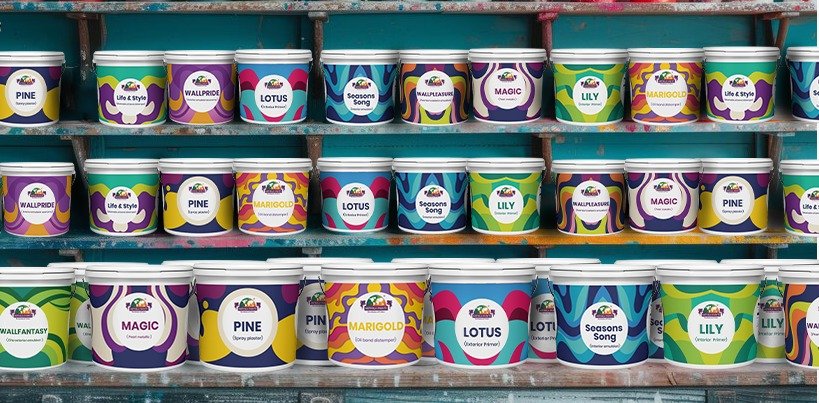
Challenges Faced by the Industry
The paint manufacturing industry in Udaipur encounters a multitude of challenges that impact its growth and stability. One of the most significant hurdles is the intense competition from both national and international brands. These competitors often have larger budgets allocated for research and development, marketing, and distribution, making it difficult for local manufacturers to maintain market share. For instance, global corporations benefit from economies of scale, allowing them to offer competitive pricing and innovative products that attract a broader customer base.
Fluctuating raw material prices pose another critical challenge. Raw materials like pigments, solvents, and additives are subject to price volatility due to factors such as geopolitical tensions, supply chain disruptions, and changes in regulatory standards. Given that raw materials account for a substantial portion of production costs, any price instability directly affects profit margins. Local manufacturers in Udaipur need to constantly adapt by exploring alternative suppliers, implementing cost-effective production methods, and strategically managing inventory.
Regulatory pressures also weigh heavily on the paint manufacturing industry. Stricter environmental regulations and safety standards necessitate compliance, which often requires expensive upgrades to production facilities and processes. For example, regulations aimed at reducing volatile organic compounds (VOCs) in paints mandate the adoption of environmentally friendly formulations, requiring significant research and development investments. Additionally, obtaining certifications and adhering to industry norms can be particularly burdensome for smaller manufacturers with limited resources.
To overcome these challenges, companies are adopting several strategic initiatives. Investment in advanced technologies and automation is helping improve operational efficiency and reduce costs. Collaborations and partnerships with international firms enable knowledge transfer and access to cutting-edge innovations. Moreover, local manufacturers are focusing on niche markets and customized solutions, tailoring their offerings to meet specific customer needs that larger competitors may overlook. By leveraging these strategic measures, the paint manufacturing industry in Udaipur endeavors to maintain competitiveness and achieve sustained growth.
Future Prospects and Innovations
The paint manufacturing industry in Udaipur stands at the cusp of significant transformation, fueled by continuous advancements and innovations. One of the pivotal areas for potential growth is the increasing demand for eco-friendly and sustainable paint products. With environmental regulations becoming more stringent, manufacturers are investing heavily in developing water-based and low-VOC (volatile organic compounds) paints. These products not only meet regulatory standards but also cater to the growing consumer demand for green alternatives.
Upcoming technological advancements promise to revolutionize production processes. The integration of smart manufacturing techniques, such as automation and AI-driven analytics, is expected to enhance operational efficiency and reduce production costs. These technologies enable real-time monitoring and quality control, leading to more consistent product quality and optimized resource usage.
Another innovation poised to impact the industry is the development of nanotechnology-based paints. These paints offer superior properties such as enhanced durability, UV resistance, and self-cleaning abilities. Research in this area is opening new avenues for high-performance coatings suitable for a wide range of applications, from residential buildings to industrial infrastructures.
The role of research and development (R&D) cannot be overstated in driving future progress. Investments in R&D are crucial for discovering novel chemical formulations, improving existing products, and exploring new applications. Udaipur’s paint manufacturers are increasingly collaborating with academic institutions and research organizations to stay at the forefront of technological advancements.
Moreover, the industry’s focus is expanding towards adopting digital solutions for better customer engagement. Virtual reality (VR) and augmented reality (AR) tools are being implemented to enhance the shopping experience, allowing customers to visualize paint colors and finishes in a realistic manner before making a purchase decision. Such innovations not only improve customer satisfaction but also streamline the decision-making process.
The future of the paint manufacturing industry in Udaipur appears promising, with a blend of sustainability, technological innovations, and enhanced customer interaction driving its trajectory. As the industry adapts to these advancements, it is poised to meet the dynamic demands of both the market and regulatory landscape, ensuring sustained growth and competitiveness.
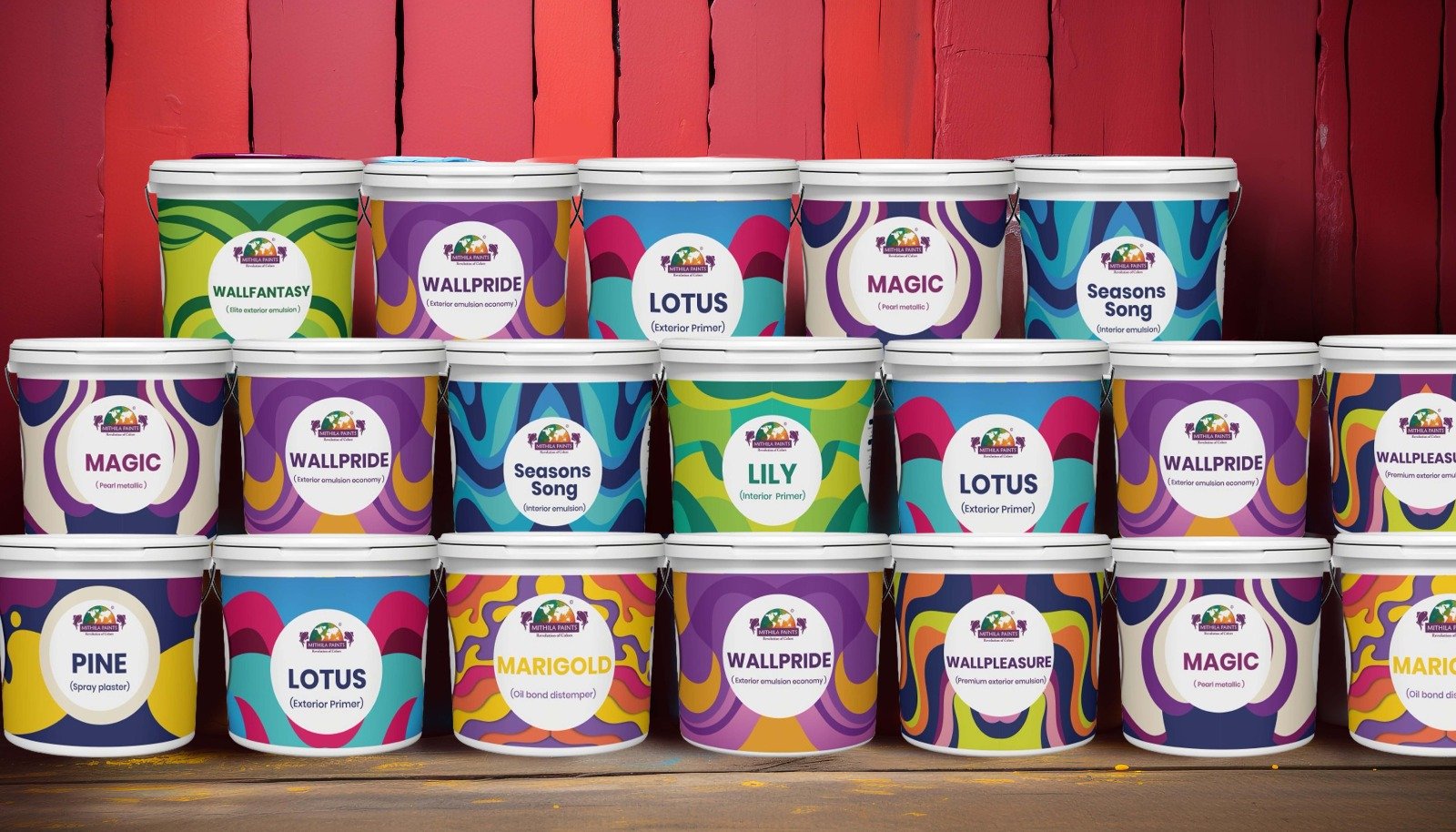
Conclusion and Final Thoughts
The exploration of the paint manufacturing industry in Udaipur reveals a multifaceted segment that plays a crucial role in the city’s economic landscape. As discussed, Udaipur’s paint manufacturing industry has evolved over the years, becoming a vital contributor to both local and regional economies. The focus on technological advancements and adherence to quality standards has enabled the industry to thrive, fostering a competitive environment that benefits both manufacturers and consumers.
The significant contribution of the paint manufacturing sector to the employment market cannot be understated. By providing numerous job opportunities, it supports Udaipur’s economic stability and growth. Moreover, the industry’s emphasis on eco-friendly practices aligns with global trends towards sustainability, ensuring that Udaipur remains at the forefront of environmentally responsible manufacturing.
Looking forward, the potential for growth within the paint manufacturing industry in Udaipur is promising. Continuous investment in research and development, coupled with strategic partnerships, can drive innovation and efficiency. The integration of advanced technologies is poised to enhance production capabilities, leading to higher quality products and improved customer satisfaction.
Furthermore, the industry’s direction towards sustainable development is a critical aspect of its future trajectory. By adopting green manufacturing processes and reducing environmental impact, the paint manufacturing sector in Udaipur can set an example for other industries. This not only bolsters the city’s commitment to sustainability but also enhances its reputation on a global scale.
In summary, the paint manufacturing industry in Udaipur stands as a pillar of economic strength and a beacon of sustainable practices. With a strong foundation and an eye towards future growth, the industry is well-positioned to continue its positive impact on Udaipur’s economy while championing sustainability and innovation in the manufacturing domain.
